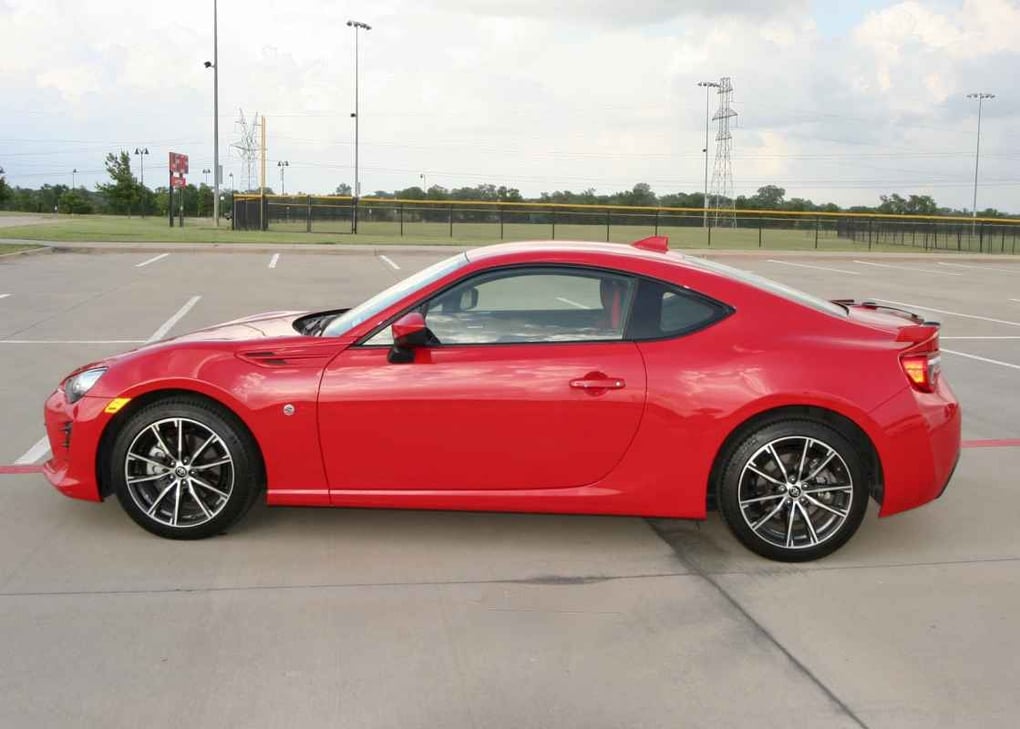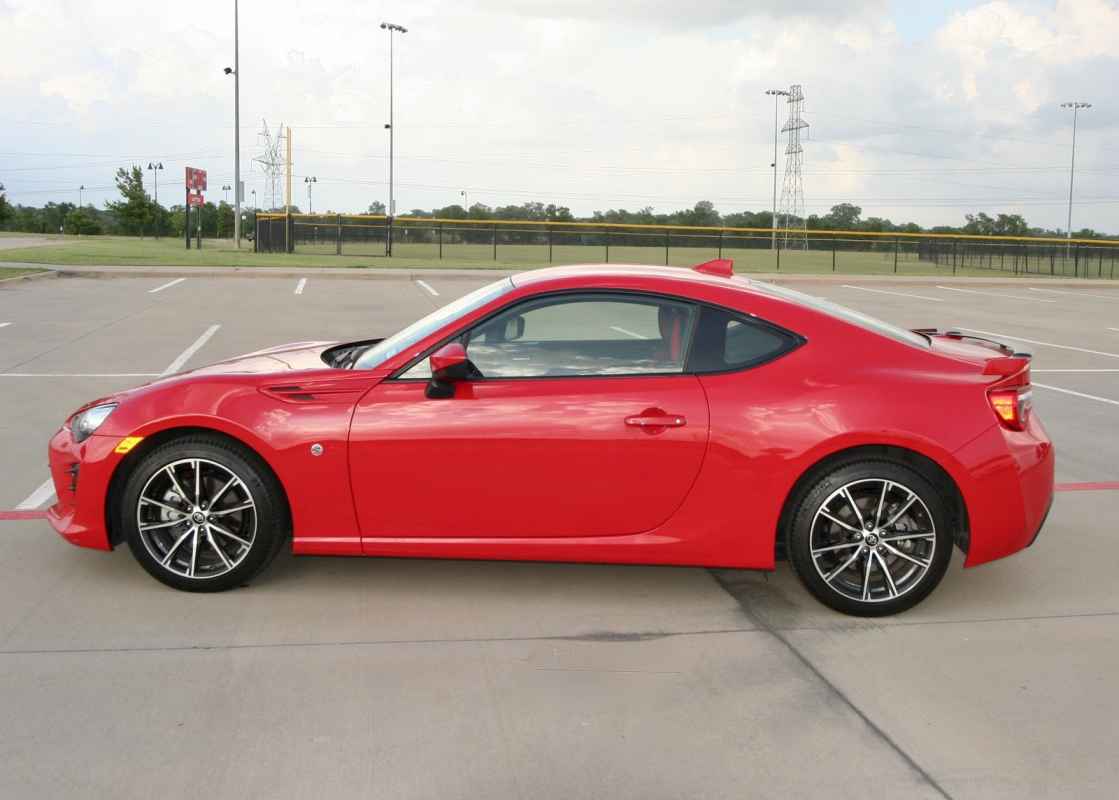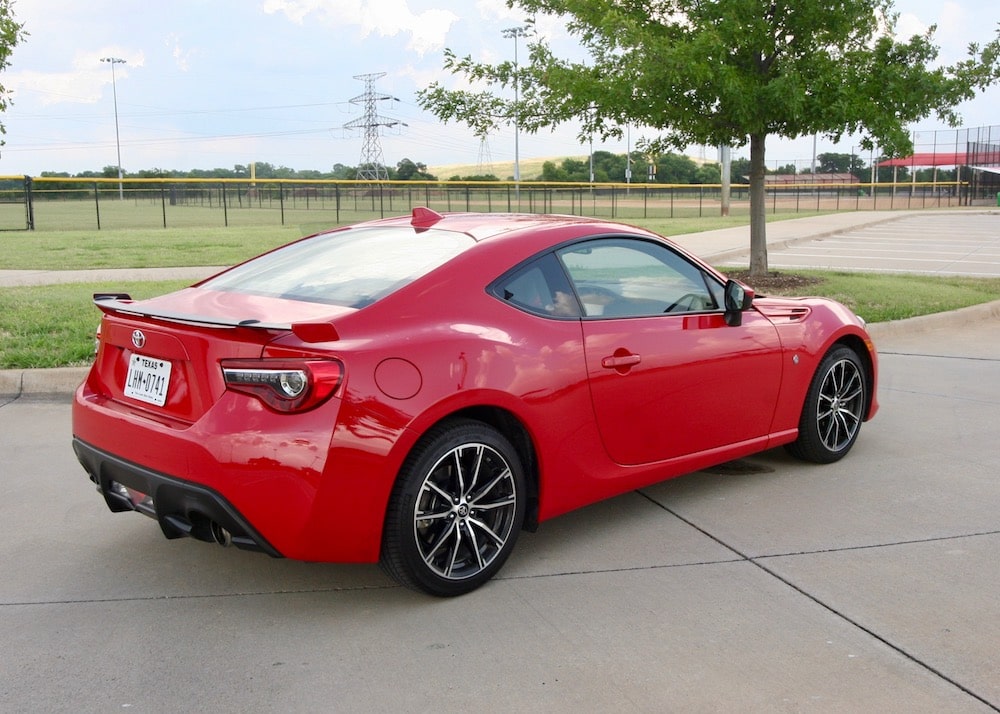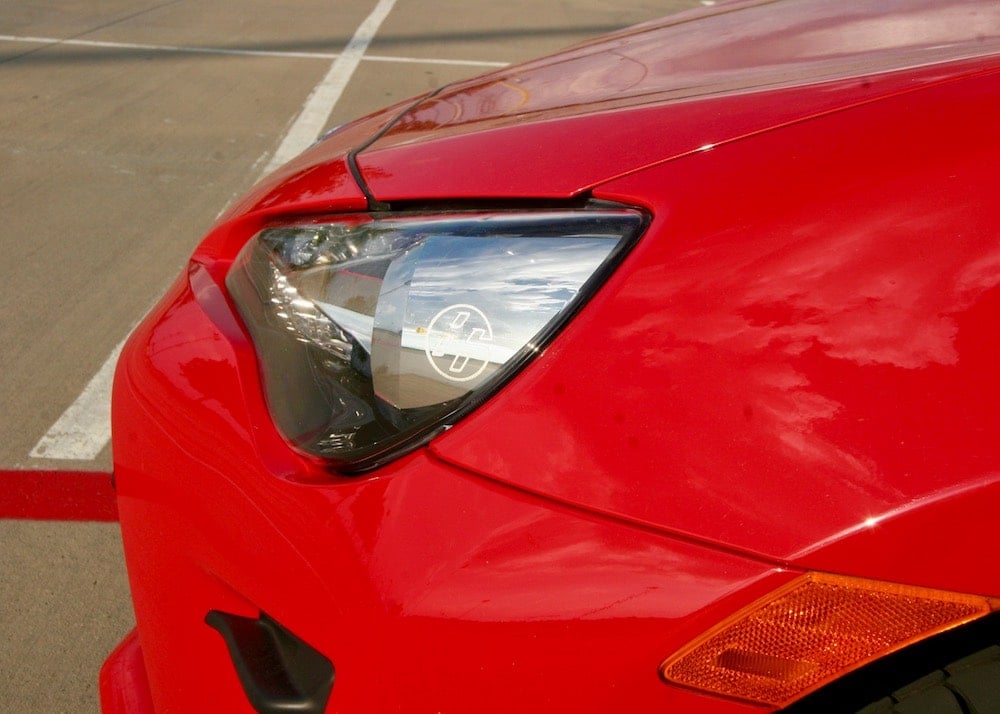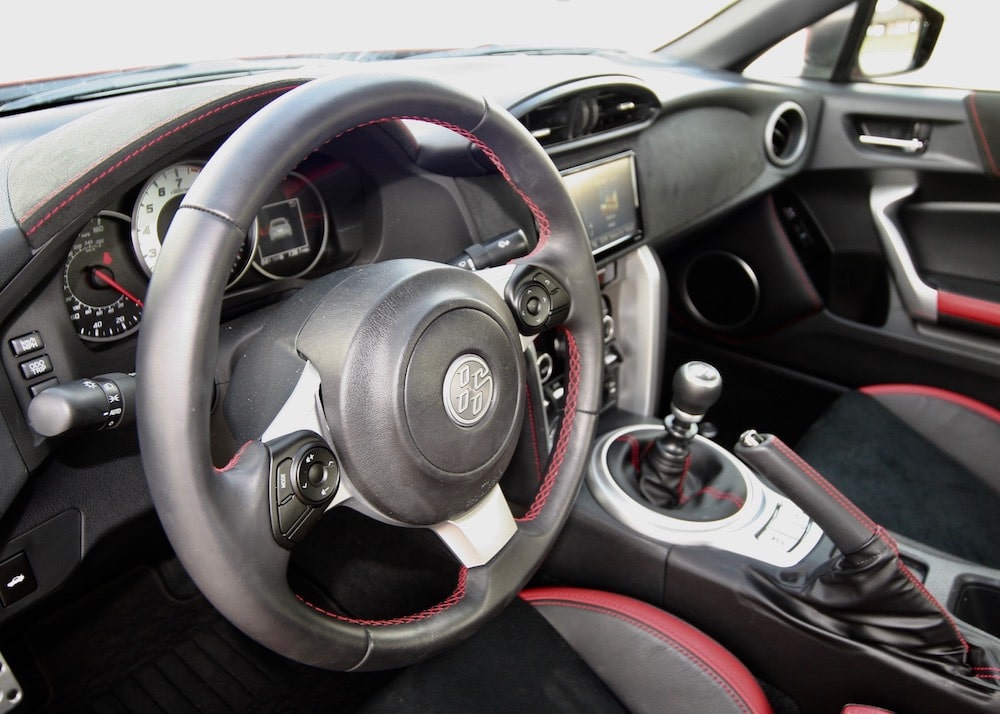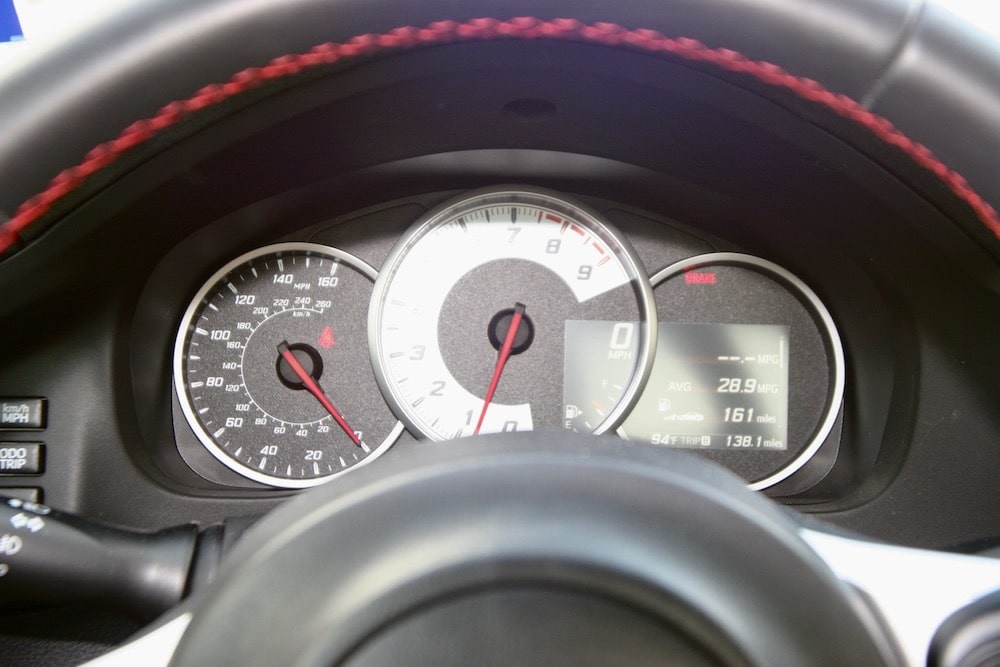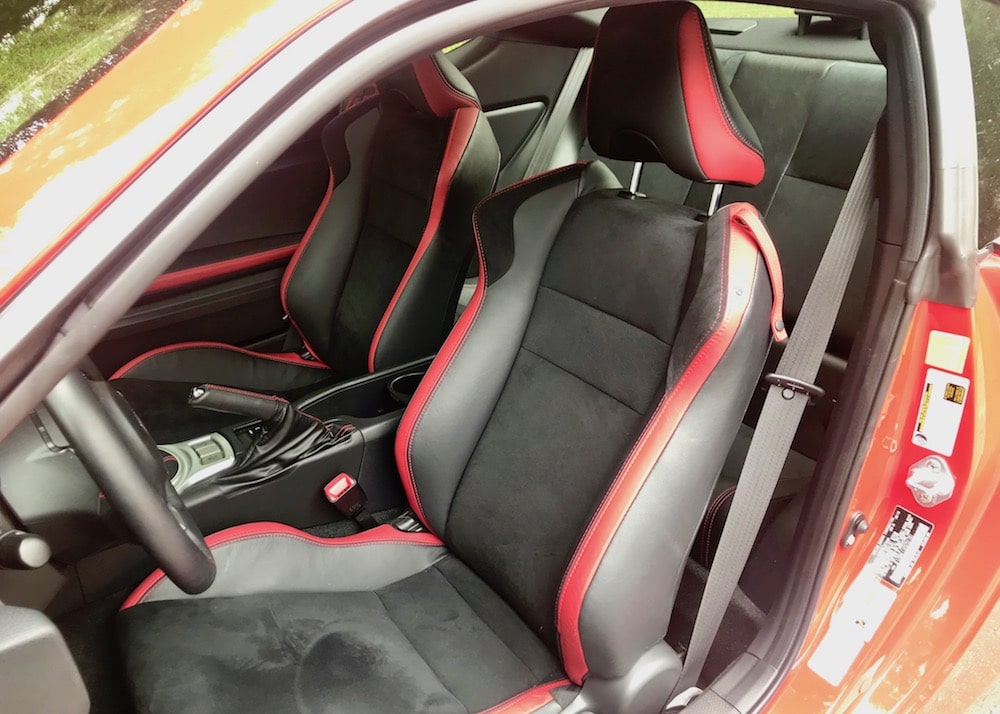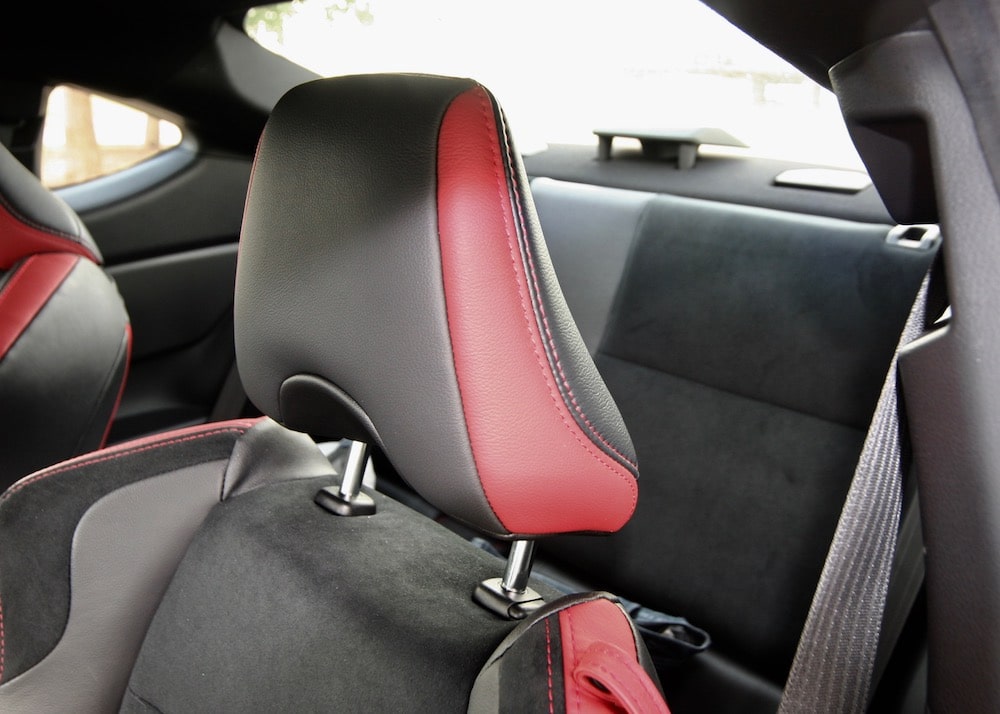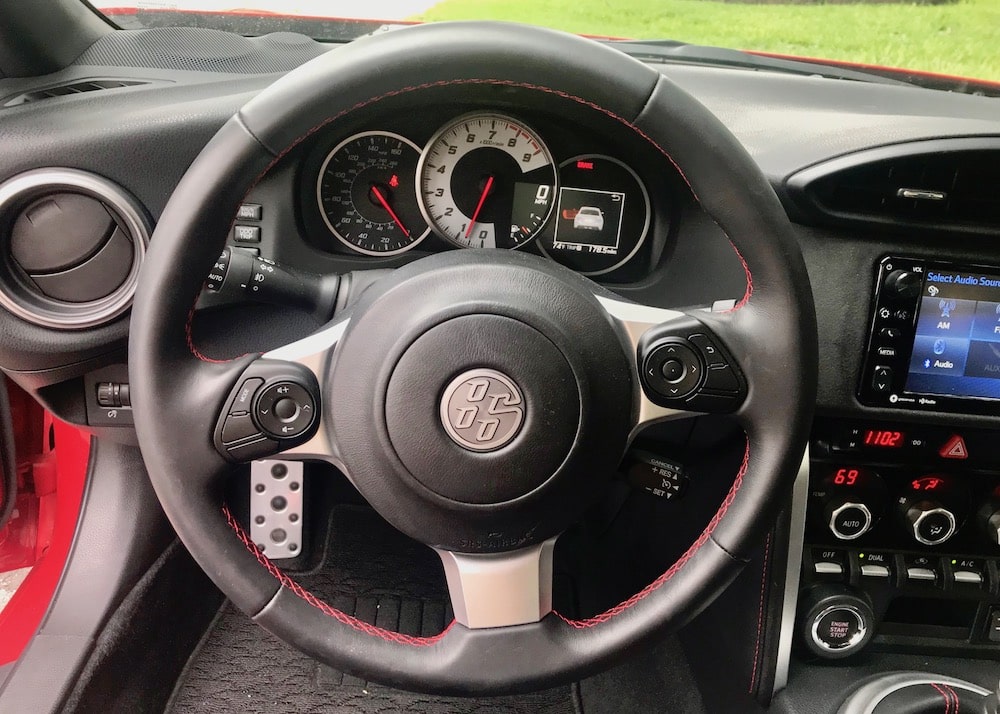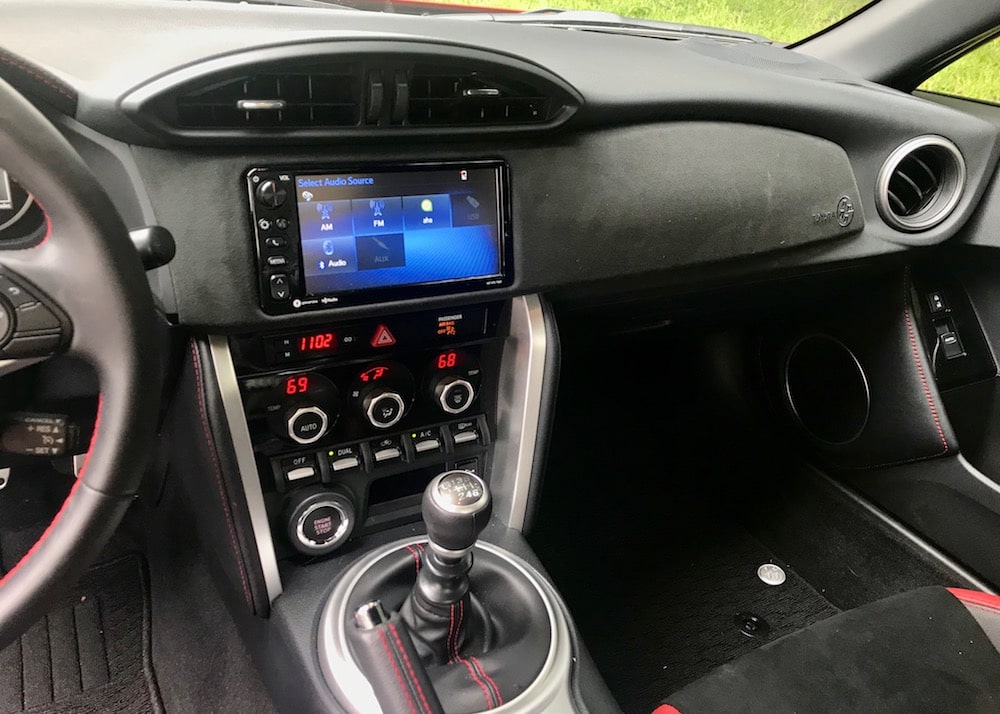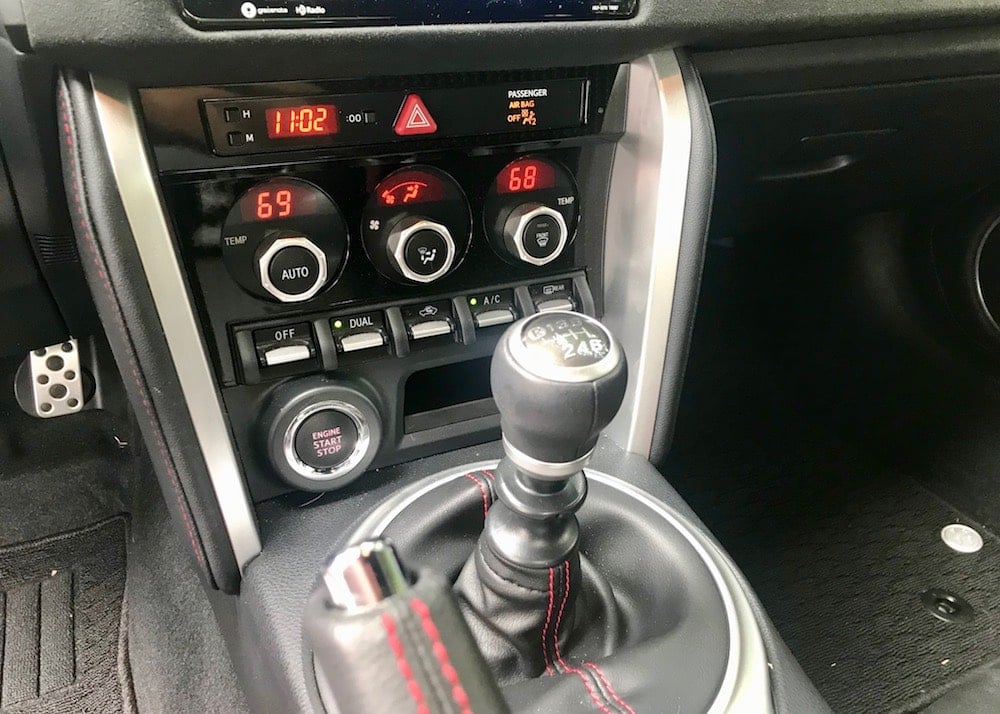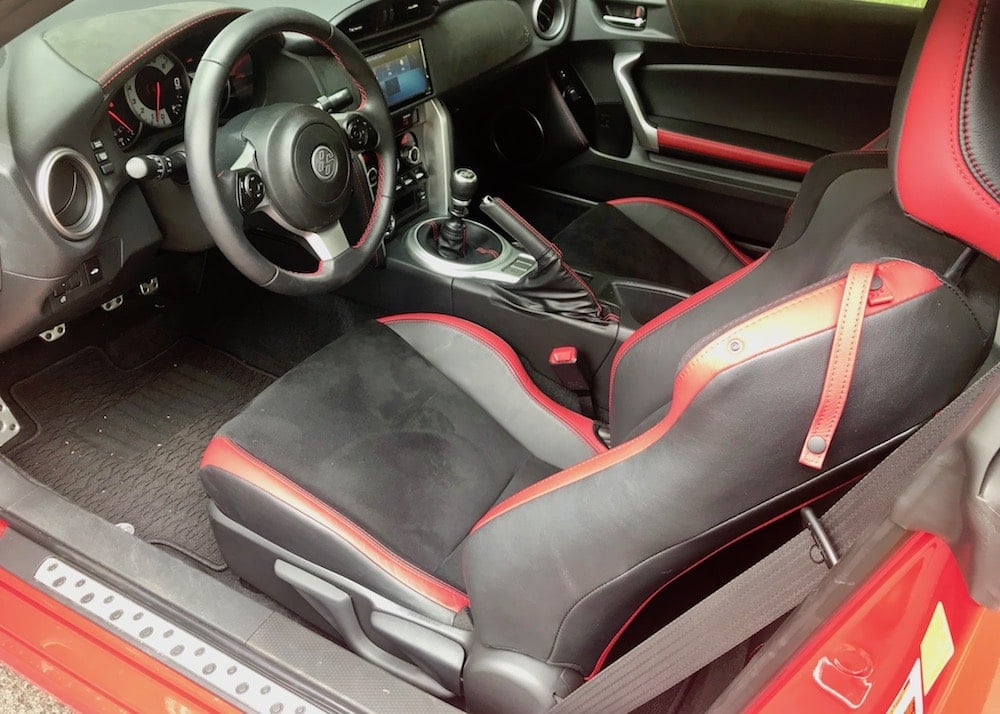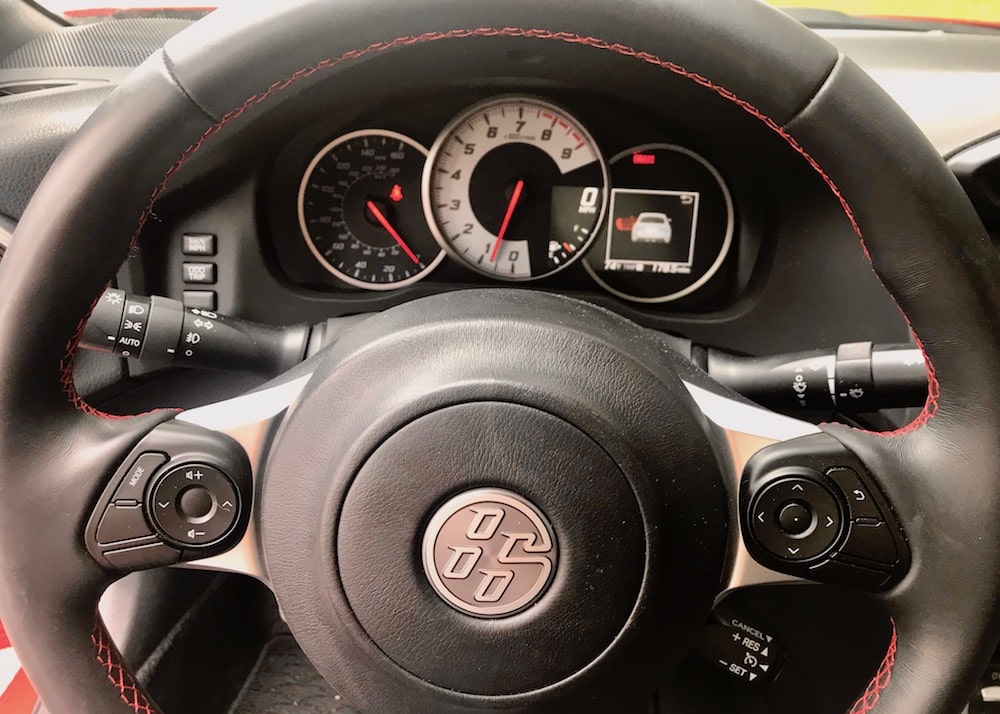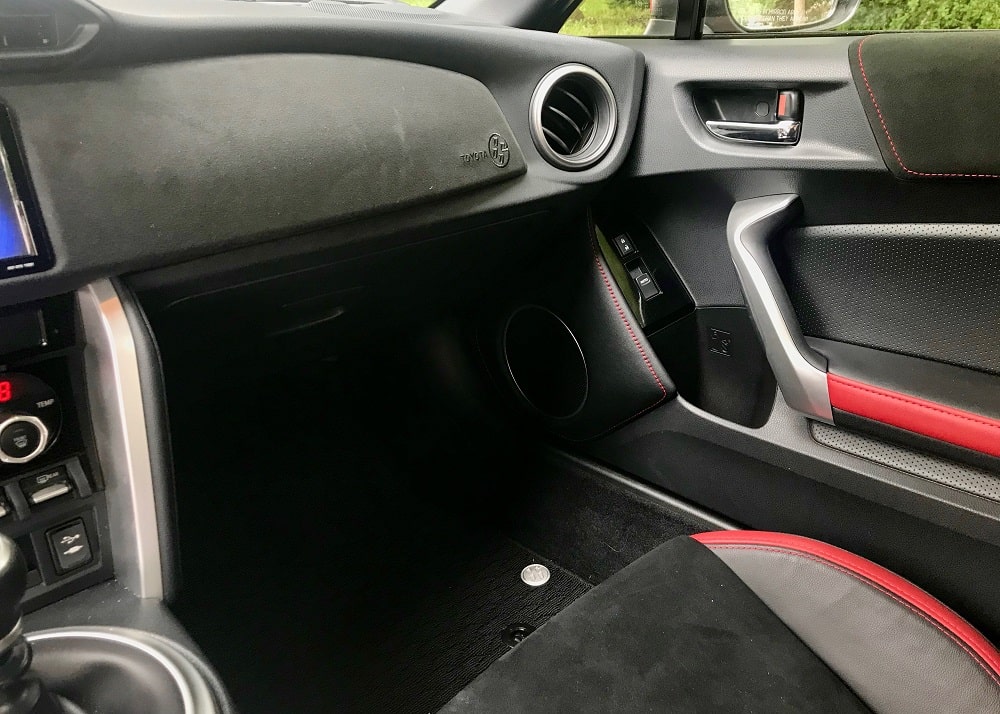With all the talk of the reborn 2020 Toyota GR Supra, one might be forgiven for forgetting about the Toyota 86. But if a true driver-centric sports car that harkens back to the glory days of traditional, affordable Japanese coupes like the Nissan 240SX and Honda Prelude is what you’re after, it should be on your radar. Because the 86 is a fundamentally great sports car.
Indeed, the 86 doesn’t try to be anything else but what it is: and that’s one of the most affordable and engaging driving experiences on the road today. Maybe it doesn’t have all the bells and whistles of higher-priced sports car coupes, but it doesn’t need them and I’d garner that the drivers it attracts doesn’t want them, either.
The rear-wheel drive 86 GT’s proportions, great chassis and flat out fun to drive handling are its highlights, while its technology could use some work, especially when it comes to the aftermarket-looking infotainment screen.
Performance and Handling
My test model is the 86 GT -- a step above the base model and slotting underneath the TRD Special Edition. The 86, which started out as the Scion FR-S, looks awfully familiar to another vehicle out there and that’s the Subaru BRZ. They are platform siblings, sharing Subaru’s growling 2.0-liter 4-cylinder Boxster engine. Obviously, you’ll want to drive the 6-speed manual, as I did, which nets you 205 horsepower and 156 lb.-ft. of torque at 4,600 rpm. For some reason, Toyota offers an automatic as well equipped with paddle shifters with 200-horses. For comparison, both figures are above the Mazda Miata’s 181-horses.
The main criticism of the Toyota 86’s powertrain is that it’s not turbocharged. The next-generation 86 and BRZ are coming in 2021 and while we expect more horsepower, the jury is still out on whether it will come from a turbo engine or updated Subaru Boxer engine.
The bottom line though is that tremendous horsepower isn’t the selling point of the 86. Its performance is. While I didn’t love the initial acceleration, there was plenty of acceleration that followed and the 86 GT offered tremendous handling and braking with its power-assisted ventilated 11.58-in. front disc brakes. Its MacPherson sport-tuned suspension is designed to sharpen turn-in and enhance grip over uneven surfaces. Plus, the GT has the kind of responsive steering sports car fans dream about. This is, simply put, a tremendously fun car to drive.
Race Track
I didn’t hit the track, but if you do you’ll use the 86 GT’s Vehicle Stability Control Track Mode. It allows you to approach the handling limits of 86 before the VSC kicks in, after which the system helps to gently nudge you back on your desired driving line.
Functional Exterior
The 86 GT sits very low to the ground, with less ground clearance than a Mazda Miata, and while its exterior has some quirkier, polarizing, bumper designs, all in all this is a car with great proportions.
Design elements aren’t just about looks but function. A front chin spoiler and front fender-mounted vortex generators help control turbulent airflow, to keep the 86 firmly planted on the ground. A standard rear wing in matte black, underbody aerodynamic panel, and unique end plates that capture less turbulent air all join forces to give optimal aerodynamic performance. The GT’s drag coefficient is just 0.27. (The base model gets 0.29)
Kudos to Toyota, too, for all the LED lighting on the 86 (including the GT’s LED fog lights). The 86 embezzled on the headlights is also a nice detail. The 86 comes with 17-inch alloy wheels and chrome tipped dual exhaust along with an 86 badge on the front fender.
Interior
My 86 GT tester’s interior isn’t the most modern-looking on the block, but I can’t imagine it any other way. The black and red accented interior looks the part with comfortable sport, leather-trimmed bolstered bucket seats, no-nonsense toggle controls and a nice faux suede material that accents the door panels with embroidered 86 badging. The center console houses a 12V outlet, and a sliding dual cup holder.
I’m a fan of the fairly straight up and down leather-trimmed tilt-and-telescopic steering wheel clearly made to be driver-centric as you hug the road. The GT sports a digital/analog tachometer, heated seats, a leather-wrapped gear shifter and parking brake, dual zone climate and aluminum pedals along with scuff plates. The GT tachometer’s 4.2-inch driver display gives lap times, horsepower/torque curves, and a G-force friction circle.
Technology
As with other Toyotas, the 86 GT’s infotainment technology needs to catch up with the times. Especially when it comes to the 7-inch infotainment screen which does not look like it came from the factory. Think aftermarket installation that you could do at home. You don’t get Android Auto or Apple CarPlay either, two things I’d imagine would appeal to this car’s younger demographic. I do like the backup camera in the rearview mirror and it gives you a nice digital image. You also get remote keyless entry, power doors, cruise control, push button start, and a USB and 12 volt up front. An 8-speaker Pioneer sound system is pretty basic.
More Miata Comparisons
Along with being slightly lower to the ground, the 86 GT is a bit bigger and heavier than the bestselling two-seater roadster out there, the Mazda Miata. The back seat is by no means big, but I was able to fit my 5’6" self back there. One thing I didn’t expect is that the people in the back pretty much sit in the sun, due to the high rear window. The 86 has a bit more trunk space too, and while no, it won’t fit your camping gear, it will fit more than you think in its 6.9 cubic feet of trunk space. A folding seatback helps out for longer items.
Safety
The Toyota 86 doesn’t sport Toyota Safety Sense, Toyota's suite of driver assistance technology, since it was developed in partnership with Subaru. Instead, it has the Star Safety System which includes:
- Vehicle Stability Control (VSC)
- Traction Control (TRAC)
- Anti-lock Brake System (ABS)
- Electronic Brake-force Distribution
- Brake Assist (BA)
- Smart Stop Technology® (SST).
I’d make the case that Blind Spot Monitoring really should be standard on this vehicle, given its very difficult to see out the side window over my left shoulder.
Fuel Economy
The 86 GT requires premium fuel which nets 21 city/28 highway/24 combined miles. That’s significantly less than the Miata’s 26 city/36 highway/30 combined.
Verdict
The 2019 Toyota 86 GT is designed for a very specific type of driver - one looking for a flat out fun and affordable sports car in the truest sense of the word, sans all the higher-priced luxuries and top-of-the-line technology on higher-priced sports coupes. For just under $30K it delivers incredible performance and handling for the money but may not impress those looking for a more modern and technology-forward cockpit.
2019 Toyota 86 GT
- What I liked most: Its sporty drive and amazing handling.
- What I would change: Blind Spot Monitoring is a MUST for any 2-door coupe, and give it a real infotainment screen.
- MSRP: $28,585; as equipped $29,505.
- Fuel economy: 21 city/28 highway/24 combined (Requires Premium Fuel)
- Official color: Ablaze Red
- Odometer reading when tested: 278 miles.
- Weight: 2,776 lbs. (vs 2339- 2337 miata)
- Length-width-height: 166.7 inches long/ 69.9 inches wide/50.6 inches tall
- Fuel-tank capacity: 13.2 gallons.
- Towing capacity: N/A.
- Spare tire: Temporary spare.
- 2019 Toyota 86 GT in a few words: A fundamentally great sports car that’s loads of fun to drive.
- Warranty: 3-year/36,000-mile Comprehensive Basic ,5-year/60,000-mile Powertrain, 5-year/unlimited-mileage Corrosion Perforation.
- Final assembly location: Ota, Gunma, Japan
- Manufacturer’s website: Toyota
